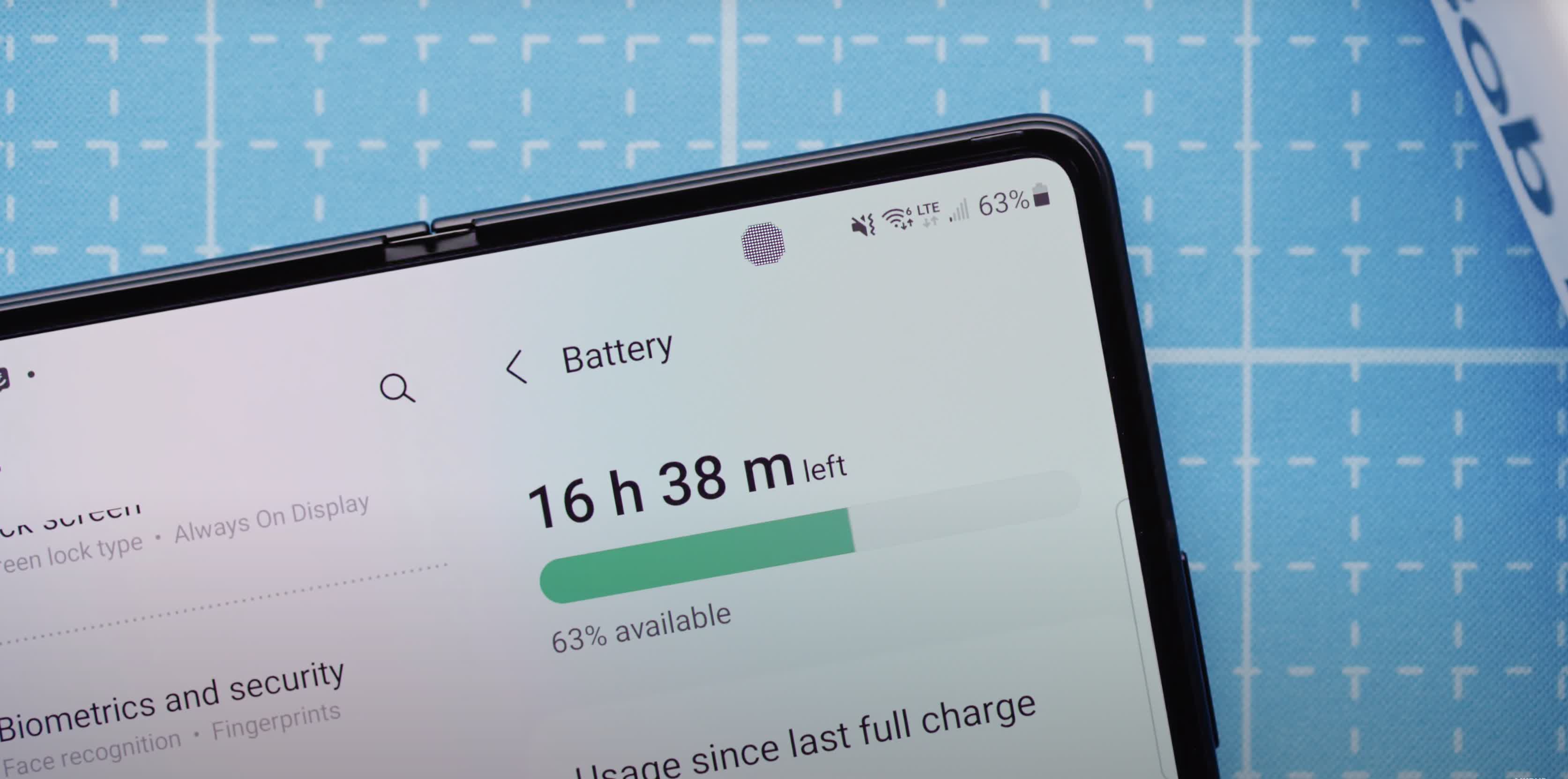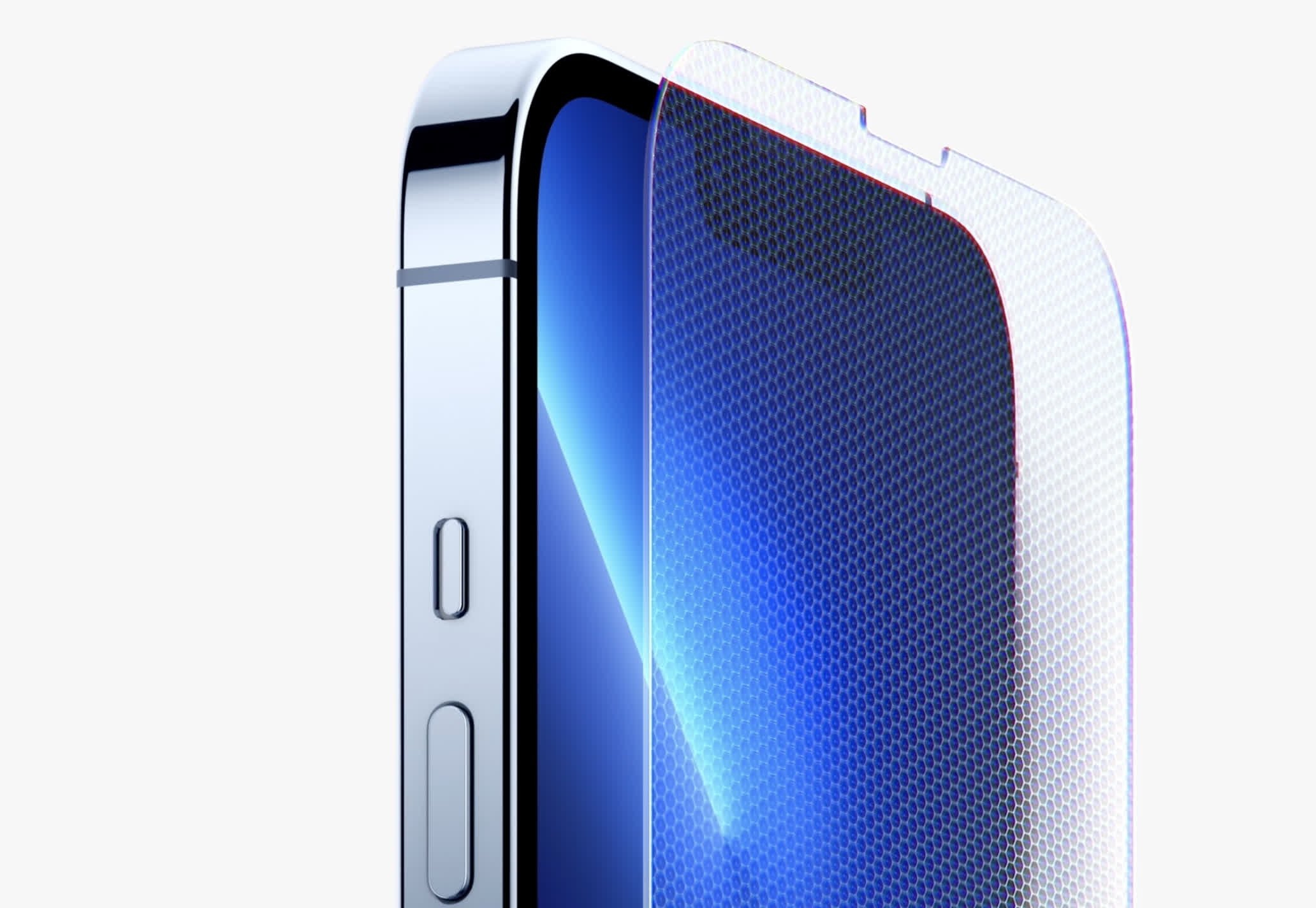In brief: While rumors abound about a pill-shaped notch on the upcoming iPhone 14 Pro, Apple may be working on removing the display's eyesore entirely on its Pro iPhones as soon as next year. The company is said to have partnered with Samsung, which plans to debut its second-generation under-display camera technology in the Galaxy Z Fold5.
Samsung's display division is reportedly developing a new under-panel camera technology that may bring about the death of the display notch on Apple's iPhone. Apple shamelessly introduced the signature feature with the iPhone X in 2017. While most iPhone users have learned to live with it, others have gone as far as to sue the Cupertino company for "lying" about the screen size.
The Elec reports that Samsung has a technology in development that could enable Face ID and the front camera to work from under the display. Analysts expect the Korean tech giant to use the new technology in a new foldable Galaxy phone lineup next year, and Apple could potentially apply it to iPhone 15 Pro models.

Samsung has already integrated an under-display camera into the Galaxy Z Fold3, but most reviewers found the quality disappointing even though expectations weren't that high. The pixel density over the front camera is relatively lower than the rest of the screen, thus allowing as much light as possible to reach the under-display sensor. However, this results in a low-quality capture that needs to be over-sharpened by the Samsung camera software.
Another common complaint was that the under-display camera isn't masked that well and can become a distraction when using apps with a bright background. Still, we're talking about a first-generation implementation, and Samsung has likely found a way to improve on this using more advanced materials.
Samsung Display reportedly enlisted the help of Canada-based OTI Lumionics for this next-gen project. The latter company specializes in developing transparent display technologies using an approach based on machine learning and has dedicated the past several years to researching new cathode patterning methods for IR and CMOS image sensors. In short, the company can create a fine grid of microscopic transparent windows in the cathode and pixel layers of OLED displays.
Previously, Apple was rumored to be working with LG Display to bury Face ID under the display, as the latter is also developing similar technology. According to LG plans, it wants to achieve a light transmittance of 20 percent by 2023 and 40 percent by 2024.
